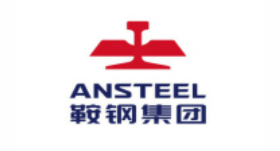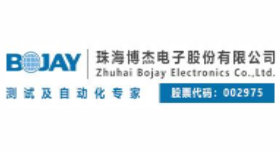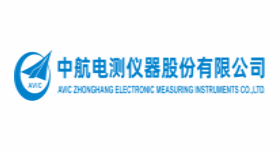Before the strain gauge load cell became the preferred method for industrial weighing applications, mechanical lever scales were widely used. Mechanical scales could measure everything from pills to train carriages and, if properly calibrated and maintained, could provide accurate and reliable measurements. The operation methods could involve using a weight balancing mechanism or detecting the force generated by a mechanical lever. The earliest strain gauge force sensors included hydraulic and pneumatic designs. In 1843, the British physicist Sir Charles Wheatstone designed a bridge circuit that could measure resistance. The Wheatstone bridge circuit is an ideal choice for measuring resistance changes in strain gauges. Although the first bonded wire strain gauge was developed in the 1940s, it was not until modern electronic technology caught up that the new technology became feasible both technically and economically. However, since then, strain gauges have increased both as mechanical scale components and as independent load cells.
Operating Principle of Load Cell
The design of load cells can be distinguished based on the type of output signal they generate (pneumatic, hydraulic, electric) or according to the way they detect weight (bending, shearing, compression, tension, etc.).
The hydraulic load cell is a forced balancing device that measures weight according to the pressure change of the internal filling fluid. In the rolling diaphragm type hydraulic force sensor, the load or force acting on the loading head is transmitted to the piston, which in turn compresses the filling fluid confined to the elastic diaphragm chamber. As the force increases, the pressure of the hydraulic oil rises. This pressure can be displayed or transmitted locally for remote indication or control. The output is linear and relatively unaffected by the amount of filling fluid or its temperature. If the load cell has been properly installed and calibrated, the accuracy can be in the range of 0.25% or better of full scale, which is acceptable for most process weighing applications. Since the sensor has no electrical parts, it is ideal for use in hazardous areas. Typical hydraulic load cell applications include tank, hopper and hopper weighing. For maximum accuracy, the weight of the container should be obtained by placing a force sensor at each support point and summing its output.
The pneumatic load cell also works on the principle of force balance. These units use multiple shock absorber chambers to provide greater accuracy than hydraulic units. In some designs, the first buffer chamber is used as a tare chamber. In industries where cleanliness and safety are major concerns, pneumatic load sensors are often used to measure relatively small weights. The advantages of this type of load cell include its inherent explosion-proof nature and insensitivity to temperature changes. Also, if the diaphragm breaks, they do not contain fluids that could contaminate the process. Disadvantages include relatively slow response times and the need to clean, dry, and regulate air or nitrogen.
A strain gauge load cell converts the load acting on it into an electrical signal. The meter itself is attached to a beam or structural member and deforms when weight is applied. In most cases, four strain gauges are used for maximum sensitivity and temperature compensation. Two of these gauges are usually in a tensioned position and the other two are in a compressed position and wired by compensation adjustment. When weight is applied, the strain changes the resistance of the meter depending on the load. As strain gauge load cells continue to improve their accuracy and reduce their unit cost, other load cells are gradually fading.

































